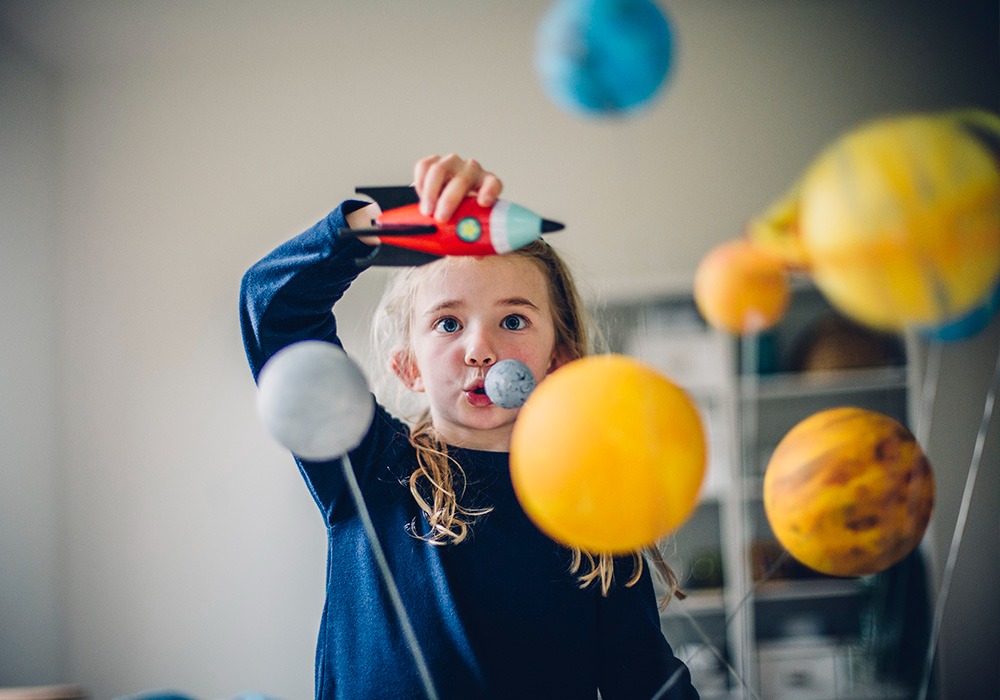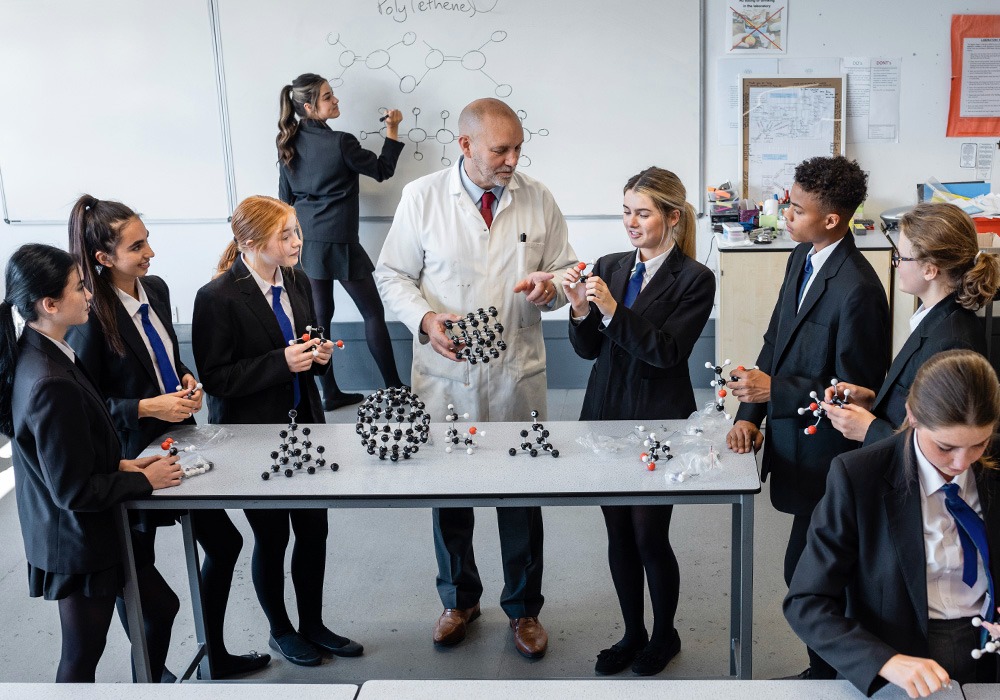From flying kites to inventing planes.
All great inventions often begin as “impossible ideas.
At first, it is just one thinker, one dreamer, against the world.
Think back to a child flying a kite. The joy is simple—holding the rope, watching the kite rise, and learning how the wind carries it. But hidden in that playful act: is a science lesson about flight, balance, and control.
For many children, the kite was the first spark of imagination.
As boys, Wilbur and Orville Wright were given a small flying toy, something like a tiny helicopter powered by rubber bands.
The Wright boys became fascinated.
That toy turned into experiments with kites and bicycles, and years later, into the invention of the first successful airplane in 1903.
What began as play became the foundation of modern aviation.
In 1752,
Benjamin Franklin used a kite during a thunderstorm to prove that lightning was electrical. It was a bold, playful experiment: something people thought was unwise at the time!
But from that experiment came discoveries that shaped our modern understanding of electricity— which power the world we live in today.
In Malawi,
A 14-year-old boy named William Kamkwamba studied diagrams in a library book and built a windmill from scraps.
People thought he was wasting his time.
But his “play” produced electricity and pumped water for his entire village.
His idea, born out of curiosity, but what matters most was that it changed lives.
When children build with Lego, fold paper planes, or code simple games, they are not just playing: They are learning creativity, problem-solving, and the basics of engineering.
Many great scientists, and innovators began their journey this way—playing with ideas others thought were impossible.
The Big Question for us to engage:
Are STEM children playing too much?
Or, Are they playing in a-science-way too.. much?
History has captured:
Play is the science of the future.
Playground ideas can become world-changing inventions. From kites to planes, from toys to drones, from imagination to innovation—the dreams of children have always carried the power to change a generation.
We should not underestimate a child at play. Inside this play live the next great idea to transform the world.
-Joseph Alu for BeScience STEM




